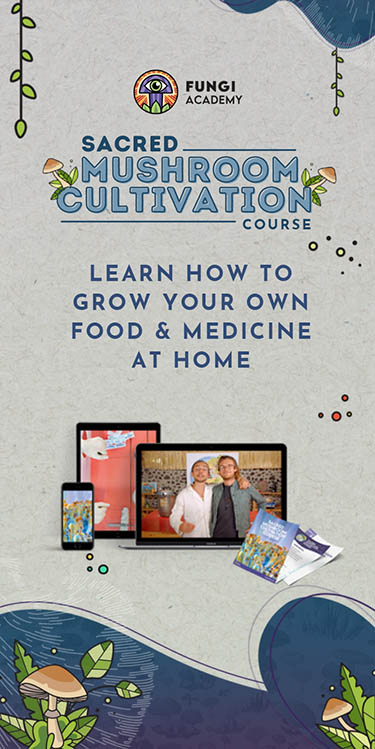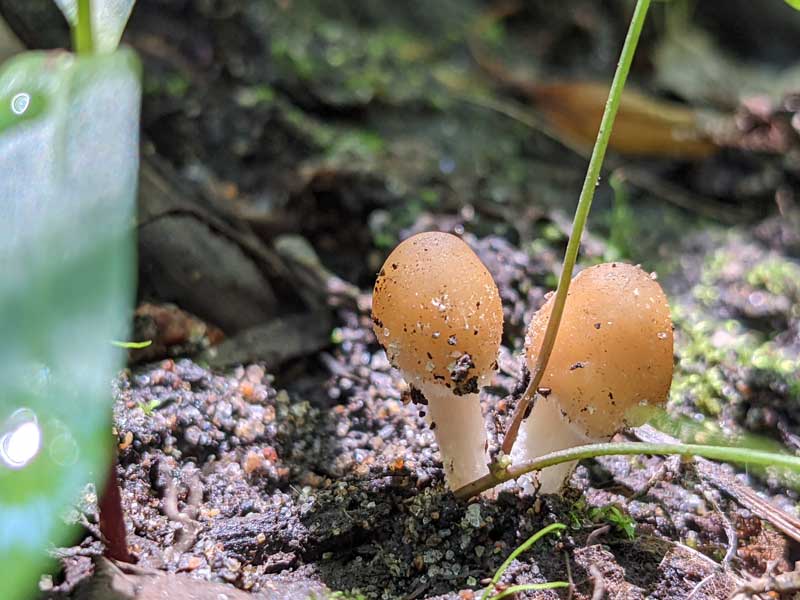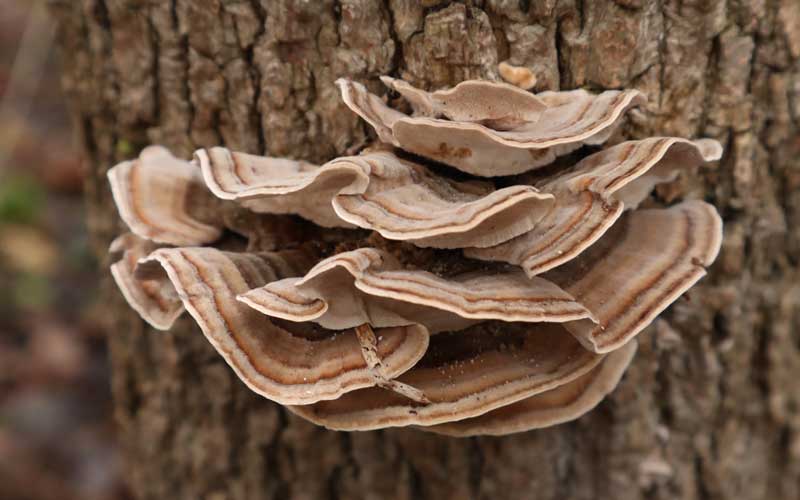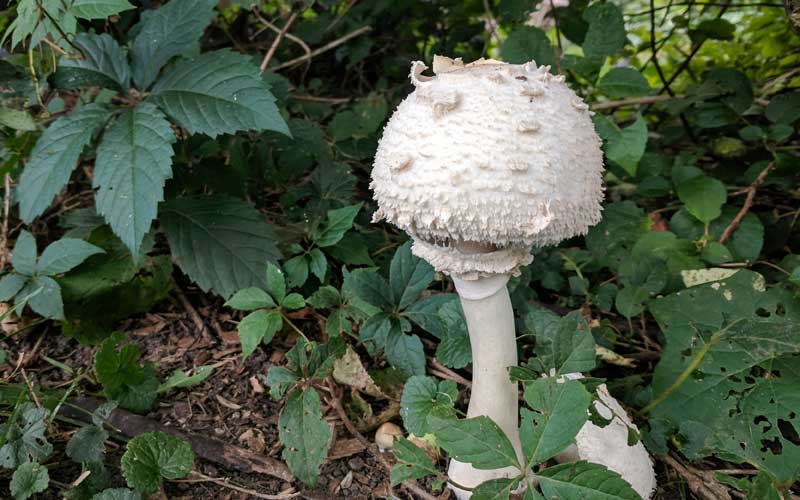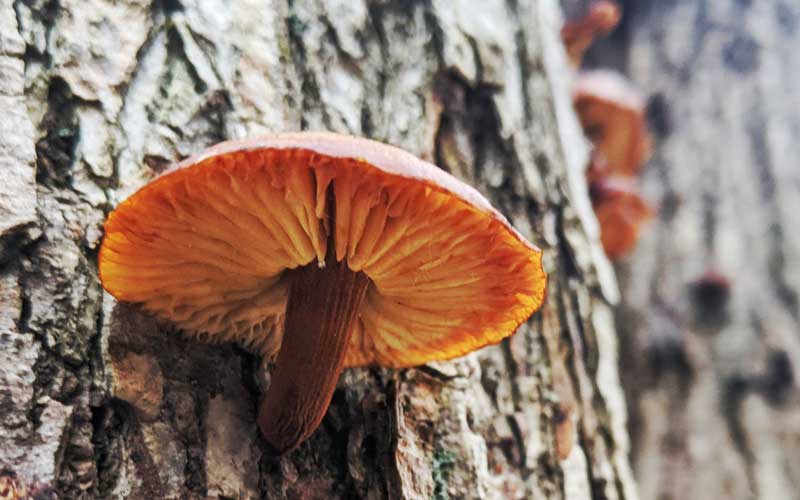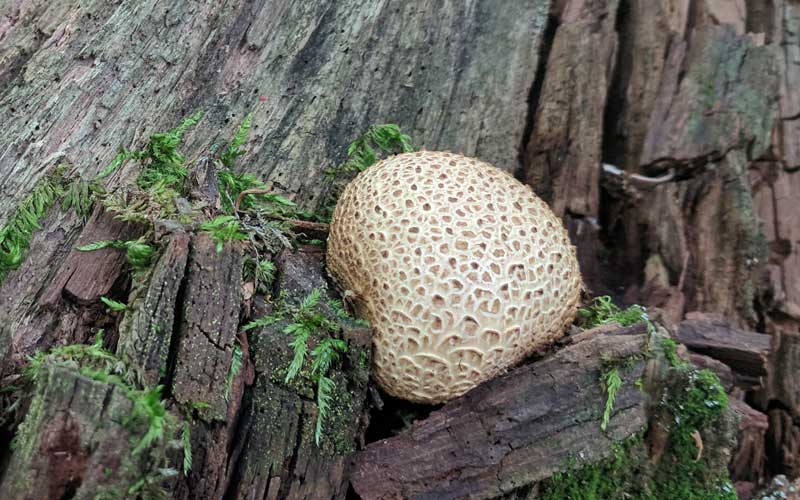- Home
- Mushroom Resources
- Got Questions?
- What are the main types of symbiotic relationships fungi form with other organisms?
What are the main types of symbiotic relationships fungi form with other organisms?
by Penny
(Bristol, UK)

Fungal Rust on Apple Tree
QUESTION:
I’m doing a high school project on mushrooms and fungi, and want to focus on how fungi have symbiotic relationships with plants and organisms.
I’m guessing some of these relationships are good for all parties, while others are not. Right? Can you give me some examples?
Thanks.
Penny
ANSWER:
Happy to help! As you suggest, fungi form various types of relationships with other organisms. For the most part these are mutually beneficial. But when the fungi act as a parasite on its host, the news isn’t so good. Rust on plants and Candida infections in humans, for example, are a big problem and very hard to treat.
Let’s look at a few common examples:
Mutualistic Relationships
Fungi often form mutualistic relationships with plants, known as mycorrhizae. In these symbiotic associations, the fungal hyphae (thread-like structures) extend into the plant's root cells, providing increased surface area for nutrient absorption. In return, the fungus receives sugars and other organic compounds from the plant. This mutualistic relationship enhances nutrient uptake for the plant while benefiting the fungus with a source of energy.
Endophytic Relationships
Endophytic fungi live within the tissues of plants without causing harm. These fungi can help plants by enhancing their resistance to pathogens, drought, and other environmental stresses. In return, the fungi receive shelter and nutrients from the plant.
Lichens
Lichens are fascinating symbiotic associations between fungi and photosynthetic organisms, such as algae or cyanobacteria. The fungus provides a protective environment and absorbs water and nutrients, while the photosynthetic partner produces sugars through photosynthesis. Together, they form a unique composite organism with distinct growth forms.
Parasitic Relationships
Some fungi act as parasites and cause diseases in plants, animals, or humans. They derive nutrients from the host organism, often leading to damage or even death. Examples of parasitic fungi include those causing plant diseases like rusts or powdery mildews, as well as human pathogens like Candida or Aspergillus.
These 4 examples illustrate some of the many ways in which fungi establish symbiotic relationships with other organisms, influencing nutrient cycling, ecosystem dynamics, and the overall health of various ecosystems.
I hope this helps with your project!




